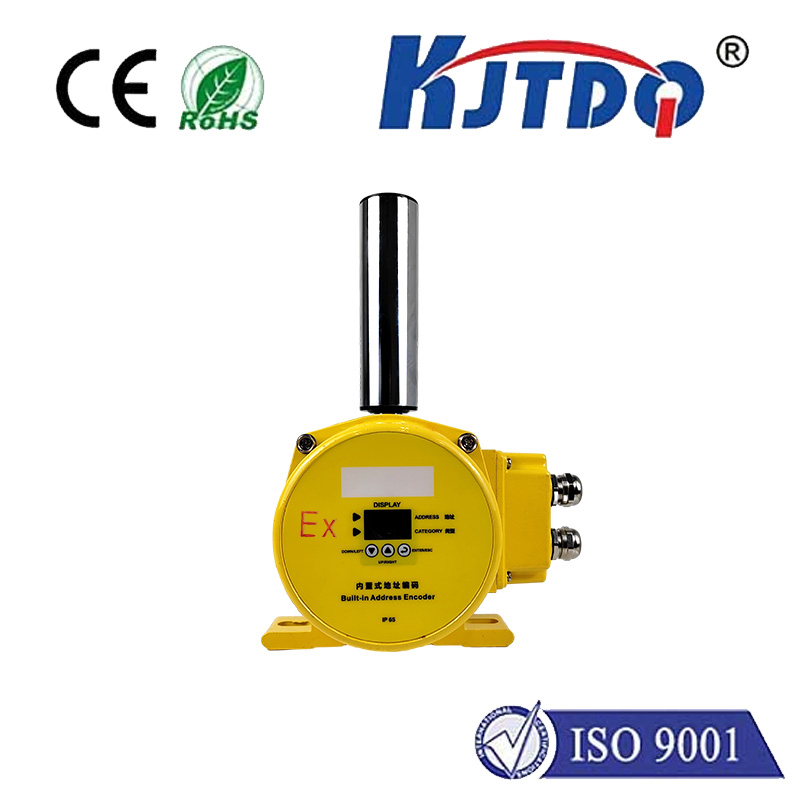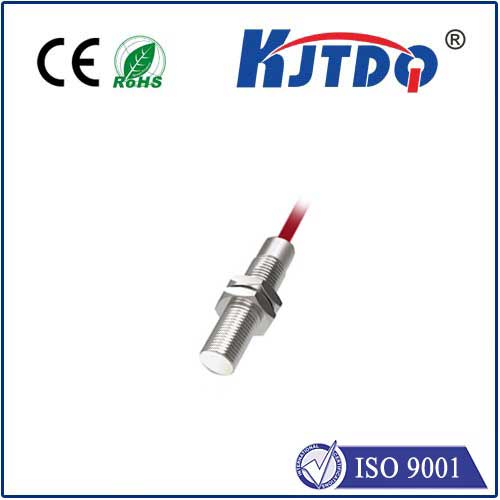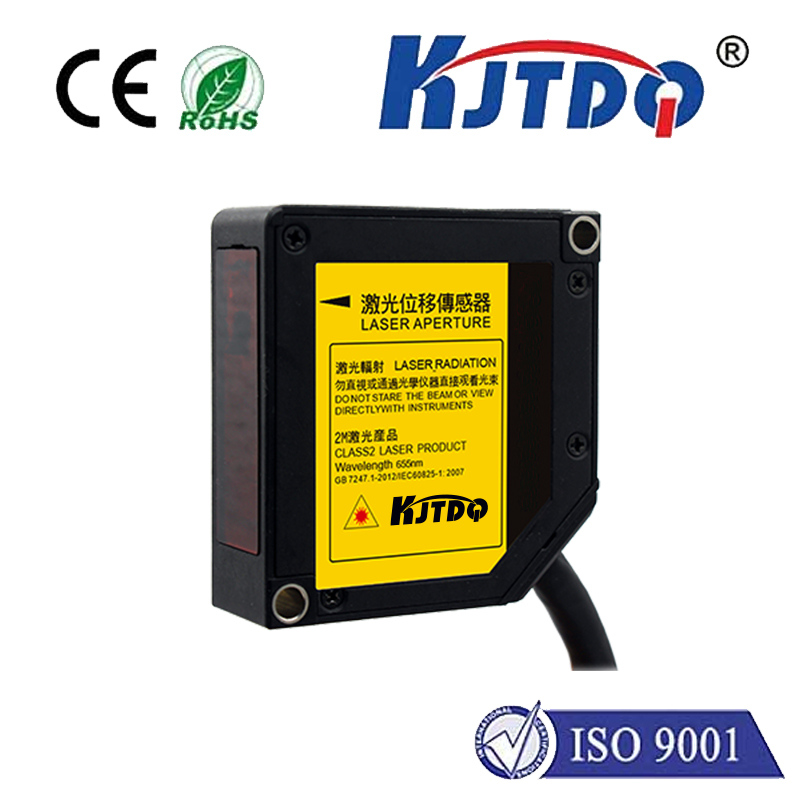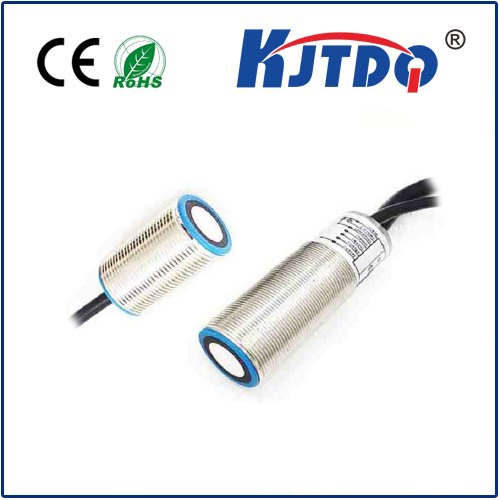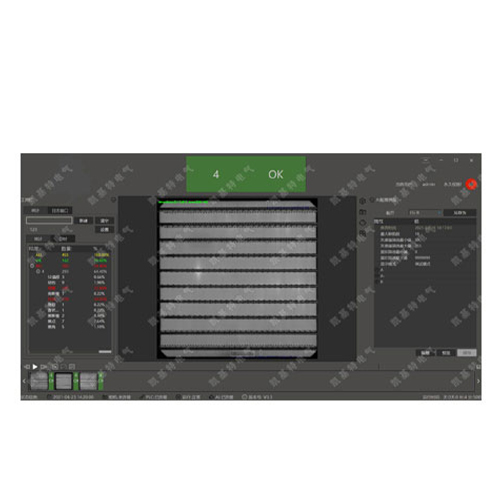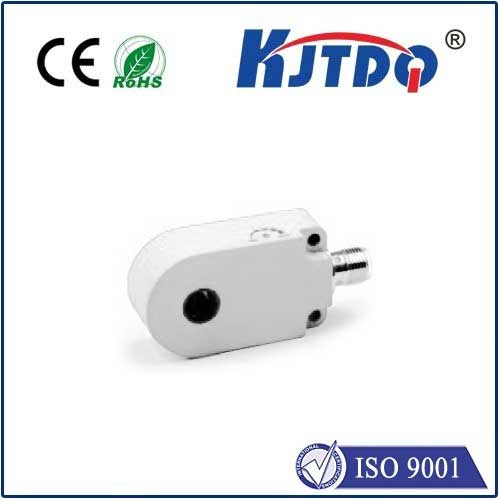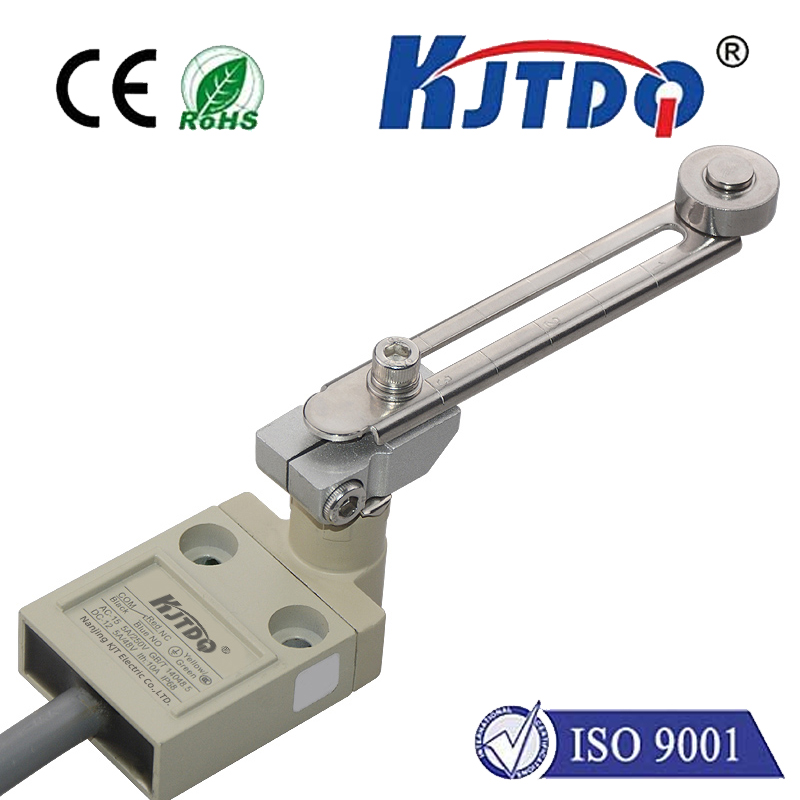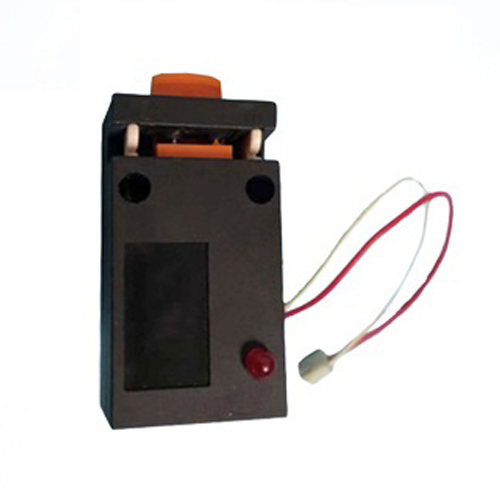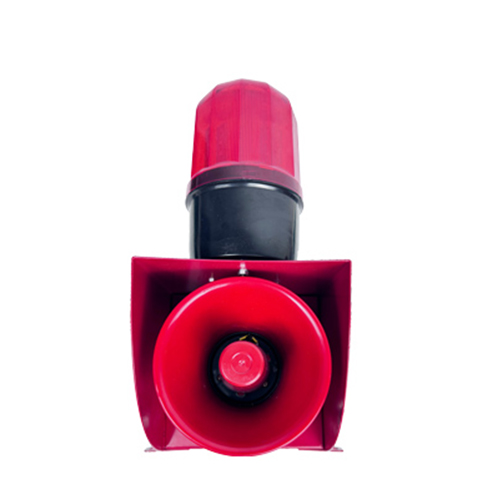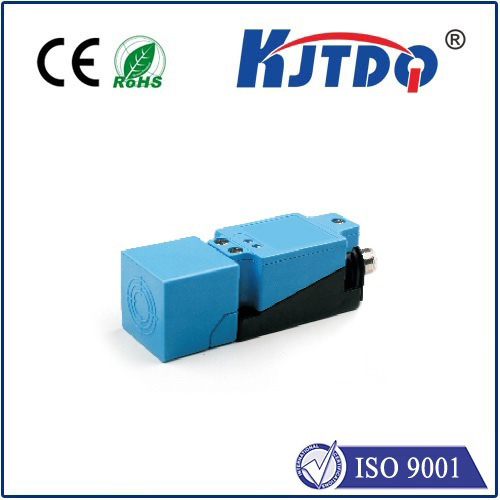

check

check

check

check

check

check

check

check

check

check
In today's fast-paced world, technology is advancing at an unprecedented rate. One device that has seen a significant boost in popularity is the USB proximity sensor. While many people may not be familiar with this small electronic component, it plays a crucial role in a wide range of applications, from controlling household appliances to enhancing security systems.
USB proximity sensors work by using electromagnetic fields to detect the presence or absence of objects. When a person or object approaches the sensor, it sends a signal to the computer or other device that is connected to it. This allows for seamless and automatic control of various functions, such as turning on lights when you enter a room or locking your car doors when you leave.
One of the key benefits of USB proximity sensors is their versatility. They can be used in a variety of environments, from homes and offices to industrial and commercial settings. Additionally, they are relatively inexpensive compared to other types of sensors, making them a cost-effective solution for many applications.
Another advantage of USB proximity sensors is their ease of use. They can be easily integrated into existing systems and do not require any specialized training or technical knowledge. This makes them a popular choice for DIY enthusiasts and businesses looking to save time and money on project implementation.
However, despite the many benefits of USB proximity sensors, there are also potential drawbacks to consider. For example, some users have reported problems with false readings or malfunctioning sensors. Additionally, these devices can be vulnerable to interference from other electronic devices or environmental factors, such as magnetic fields or moisture.
Despite these challenges, the demand for USB proximity sensors continues to grow as more industries and consumers recognize their potential benefits. As technology continues to advance, it is likely that we will see even more innovative uses for these powerful devices in the years to come.
